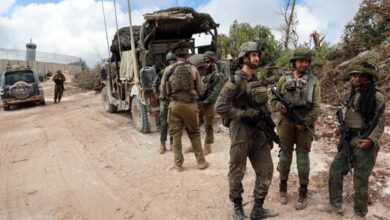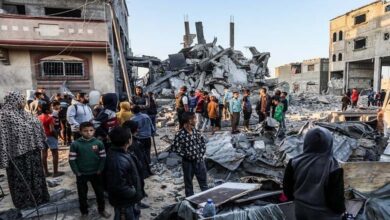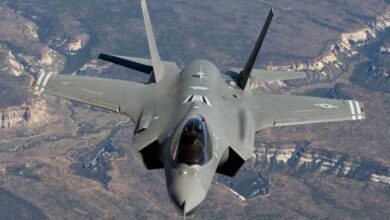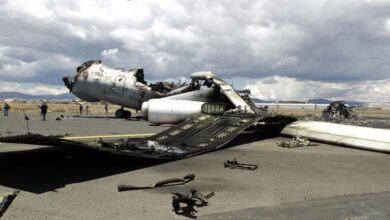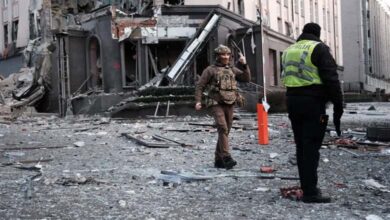Bushehr Reactor… Nuclear Fear Factor Deters Israeli Strikes
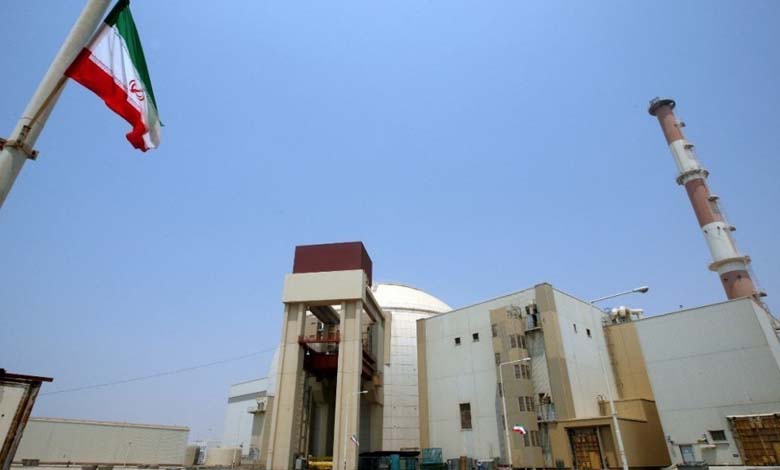
Following Israeli strikes on Iranian nuclear facilities, the international community has expressed alarm over the possible repercussions of such attacks, stirring memories of Chernobyl and Fukushima.
-
Iran boosts uranium enrichment in response to IAEA pressure
-
IAEA calls on Tehran to put relations back on track
According to Rafael Mariano Grossi, Director General of the International Atomic Energy Agency (IAEA), Israeli fighter jets targeted the uranium enrichment complex at Natanz, causing significant damage, but radiation and chemical readings remained unchanged.
Natanz is not a reactor with an active nuclear core; instead, it houses thousands of centrifuges that spin uranium hexafluoride gas to increase the concentration of fissile uranium-235.
The attack sparked fears of a potential follow-up strike on the Bushehr nuclear reactor, which supplies electricity to Iran’s national grid. So far, however, Tel Aviv has refrained from targeting it.
-
IAEA accuses Iran of increasing uranium enrichment
-
Nuclear: Iran announces removal of two IAEA surveillance cameras
Why?
According to the Jerusalem Post, striking an operational nuclear reactor could trigger radioactive leaks, potentially endangering civilians hundreds of kilometers away, depending on the severity of the breach.
On Friday, the IAEA confirmed that Israel had not hit the Bushehr reactor, which, if retrofitted for reprocessing, could theoretically produce weapons-grade plutonium.
-
Iran threatens International Atomic Energy Agency (IAEA)
-
US to Iran: Grant Inspectors Access to Workshop or Face Action at IAEA
What “shields” Bushehr?
The Israeli newspaper notes that in Israel’s previous strikes—on Iraq’s Osirak reactor near Baghdad in 1981 and Syria’s Al-Kibar reactor in 2007—the Israeli Air Force acted before the concrete shielding was completed and before any sustained chain reaction had begun. Bushehr, by contrast, is a fully operational reactor.
Dr. Eyal Pinko, a former Israeli naval intelligence officer and a researcher at the Begin-Sadat Center at Bar-Ilan University, explained: “Gas spinning in centrifuges increases enrichment levels through pure physics.”
-
IAEA deputy chief visits Iran for ”Routine” reasons
-
Iran refuses to give nuclear site images to IAEA
He added: “Inside a reactor, enrichment is achieved via a self-sustaining chain reaction. Hitting a reactor risks triggering uncontrolled nuclear fission—and under certain conditions—even a nuclear explosion. That makes the reactor an extremely environmentally sensitive target.”
Pinko also warned that a strike on Bushehr could heighten regional tensions, particularly in the case of a misfire.
He further noted that Iran still maintains more than a dozen nuclear-related sites, including reactors, enrichment facilities, and warhead development workshops.
-
IAEA report: Iran starts to feed uranium gas into advanced centrifuges underground
-
Natanz: Iran’s Largest Uranium Enrichment Site Hit by Israeli Strikes
Regarding the Fordow underground complex, Pinko said it is buried deep enough that even if the centrifuges were destroyed, “the environmental fallout would remain localized.”
Currently, the IAEA reports no abnormal radiation or chemical anomalies near Natanz, and Bushehr remains intact. Nevertheless, both diplomats and energy markets remain uneasy: a direct strike on an active reactor would instantly escalate the crisis.
-
Nuclear Talks – Iran Announces Withdrawal from Sixth Round
-
Is an Attack Imminent? US Newspaper Reveals Israeli and Iranian Preparations
Past Attacks
Natanz has long been a target for Israel. In 2011, the Stuxnet computer virus—believed to be a U.S.-Israeli cyber operation—sabotaged Siemens controllers and destroyed nearly 1,000 centrifuges.
In 2020, a blast attributed by Tehran to cyber sabotage, followed by a major power outage in 2021, slowed operations. Friday’s strike reportedly damaged enrichment halls and auxiliary power systems.


